The Great Wall is a great architectural work, one of the proud symbols of China. There are still many interesting myths surrounding this famous wonder.
1. The Great Wall is not a single construction
The Great Wall is not a single, independent project but consists of many different walls built, moved and merged under different dynasties spanning over 2000 years.
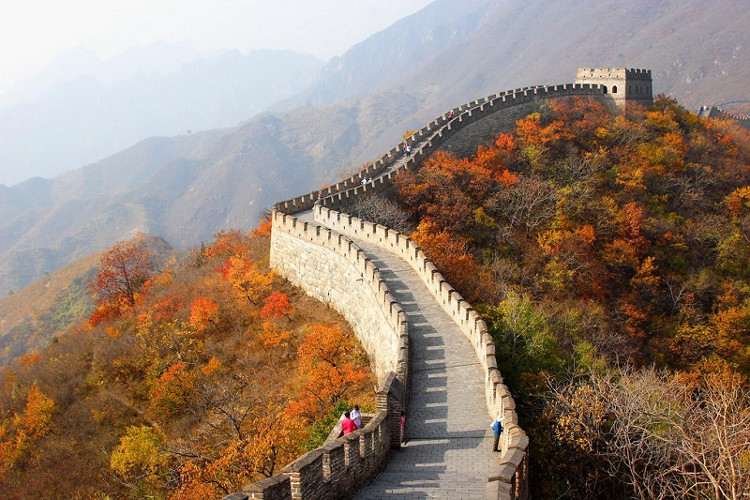 The Great Wall is one of China’s typical works.
The Great Wall is one of China’s typical works.
Most of what remains and makes up the symbol of the Great Wall was built during the Ming Dynasty (1368-1644).
Very few segments built during the reign of Qin Shi Huang remain today, mainly small mounds and walls.
2. The Great Wall is not “thousand miles” long
“Great Wall” means the wall is ten thousand miles long. “Li” is the Chinese unit of measuring length (1 li = 0.5km).
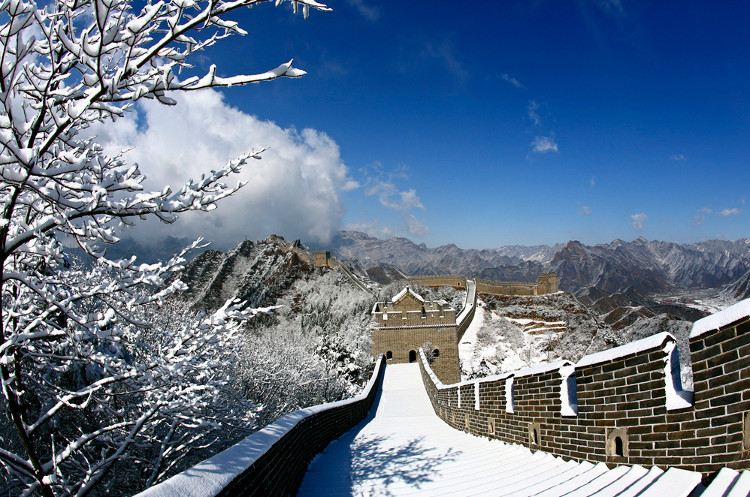 The Great Wall is beautiful in the sunshine and snow.
The Great Wall is beautiful in the sunshine and snow.
However, according to the most recent research by the Cultural Heritage Administration of China (SACH), the actual length of the Great Wall is 21,196km – an astonishing number.
3. The Great Wall of China cannot be seen from the Moon
Since 1750, long before humans explored space, William Sturkley – an English pastor and friend of the mathematician Newton – thought that the Great Wall could be seen from the Moon.
Stukeley wrote: “The mighty four-mile-long wall (Hadrian’s Wall) is surpassed only by the Great Wall of China. The Great Wall has carved a huge outline on the surface of the earth and has can be clearly seen on the moon” .
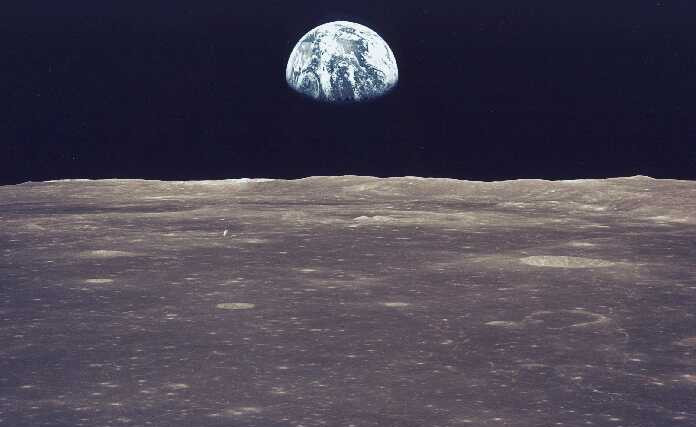 Many people mistakenly believe that the Great Wall can be seen from the Moon.
Many people mistakenly believe that the Great Wall can be seen from the Moon.
However, the truth is that the Great Wall of China cannot be seen from the moon with the naked eye or with a camera. Apparently, the width of the wall seen from the Moon is equivalent to looking at a hair from a distance of 3km.
In other words, to see the Great Wall of China from the Moon would require superhuman vision with spatial resolution 17,000 times better than normal vision of 20/20.
4. The Great Wall is not the only man-made structure visible from space
In 2003, a Chinese-American astronaut named Leroy Chiao took a photo from the International Space Station showing the great wall. However, the photo was too blurry and the person who took the photo was not sure that it was the Great Wall.
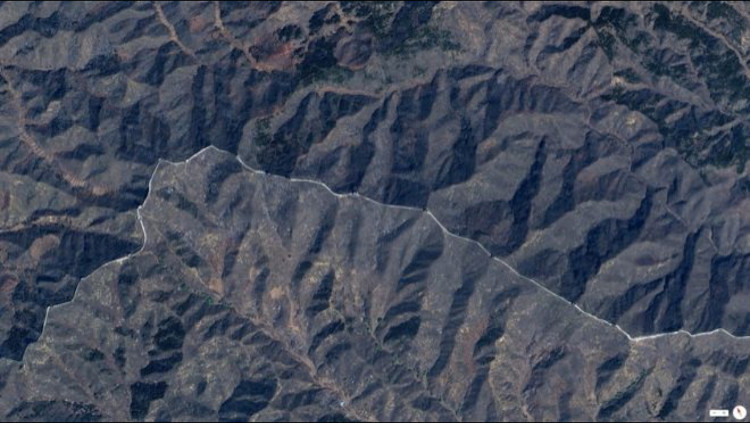 Image of the Great Wall seen from space.
Image of the Great Wall seen from space.
In fact, the Great Wall can only be recognized from low orbit (about 160km from the ground), but it is even more difficult to see than other man-made structures such as pyramids, airports, and ports. ,…
5. The Great Wall does not mark the boundary between China and Mongolia
When did China come into existence is still a big, controversial question. During unstable times with many historical events, maps and boundaries were frequently changed and redrawn.
During this period, the Mongols mainly lived a nomadic life, which also made the idea of national borders even more blurred as the walls were still unfinished.
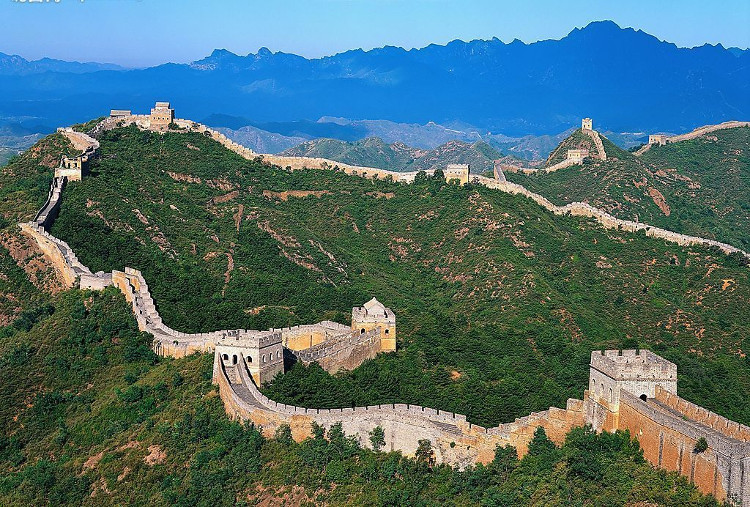 The Great Wall is like a solid military defense wall.
The Great Wall is like a solid military defense wall.
Therefore, it can be said that the original purpose of the Great Wall’s construction was not as a dividing line between China and Mongolia, but rather as a defensive wall to prevent threats from the north.
6. David Copperfield never walked through the Great Wall
David Copperfield is a legend in the world of mystical magic and his act of walking through the Great Wall is one of the classic magic acts that makes anyone admire and admire.
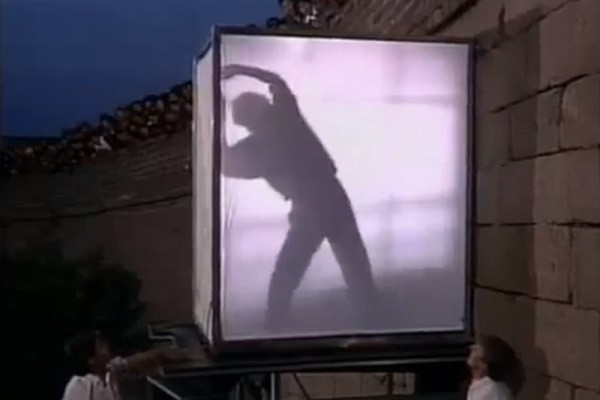 David Copperfield’s classic magic show at the Great Wall.
David Copperfield’s classic magic show at the Great Wall.
Of course, going through the Great Wall is impossible. What the audience saw was David Copperfield disappearing through the curtain and then appearing on the other side of the castle.
In essence, it is the extremely sophisticated way of using light and deceiving the eyes of those watching that makes the performance successful.
7. The Great Wall was made from the bones of its builders
To bind the stones together for a solid wall, the Chinese used glue made from rice flour.
However, many rumors say that the walls here were also built with human corpses, the bodies of workers participating in the construction.
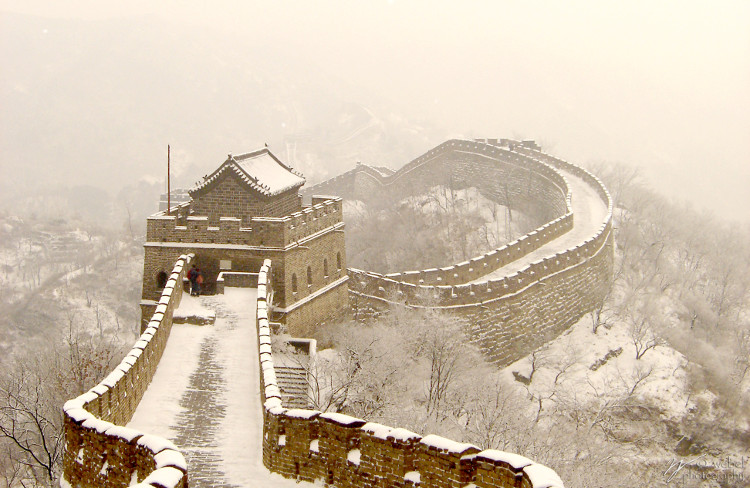 The Great Wall is also known as “The longest cemetery in the world”.
The Great Wall is also known as “The longest cemetery in the world”.
Hundreds of thousands of people died while building the Great Wall, so this project also has the rather scary name “The longest cemetery in the world”.
8. The Great Wall can only be seen in Beijing
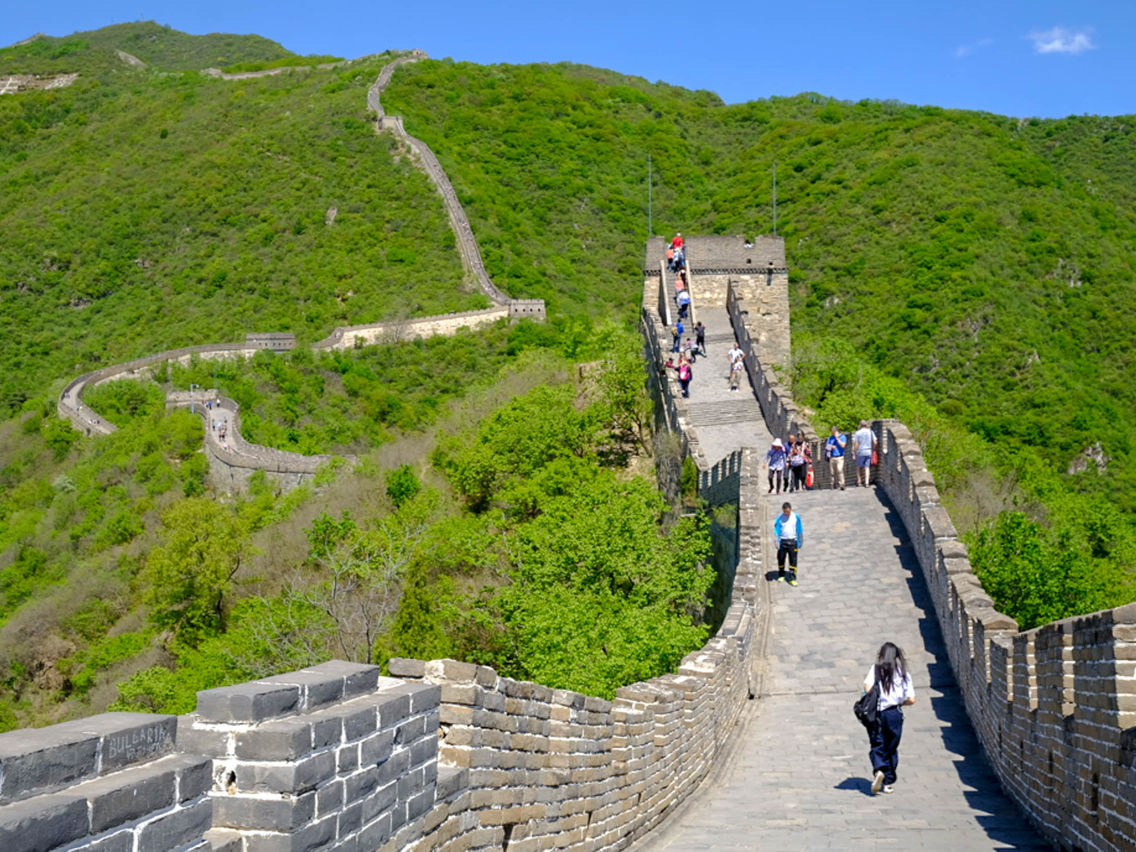
The Great Wall is an attractive tourist destination in Beijing, China.
Many people mistakenly believe that the Great Wall can be seen anywhere in China, but in fact, current Great Wall attractions are all located in Beijing and the northern suburbs, including Great Wall sections: Badaling, Mutianyu, Simatai and Shixiaguan.





